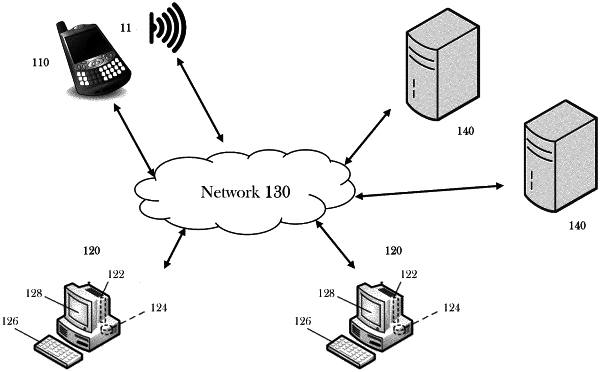| CPC F24F 11/49 (2018.01) [F24F 11/74 (2018.01); F24F 11/89 (2018.01); G05B 15/02 (2013.01); G16H 70/60 (2018.01)] | 21 Claims |

|
1. A system for optimizing air flow within a closed environment, said system comprising:
a plurality of injectors in the closed environment and configured to expel aerosol particles into the closed environment;
a plurality of discrete sensor assemblies in the closed environment, each having a sensor processor and one or more sensors configured to independently and dynamically detect the expelled aerosol particles in the closed environment and provide detected aerosol particle data, wherein the sensor processor of each of said plurality of discrete sensor assemblies is configured to dynamically, and in real time, convert detected aerosol particle data from the one or more sensors to sensed concentration data; and
a system processor configured to dynamically receive the sensed concentration data from the sensor processor for all of the plurality of discrete sensor assemblies, dynamically operate said plurality of injectors in real-time to expel aerosol particles into an environment in response to the sensed concentration data, dynamically generate a flow intensity map that maps uniformity and rate of air changes per hour in the closed environment and maps regions of low air exchange based on positions for the one or more sensors in the closed environment;
said system processor further configured to, based on the flow intensity map, dynamically determine areas of high risk of infection in the closed environment, verify the need for a remediation step, and if a remediation step is needed to dynamically determine a remediation recommendation for the closed environment to correct for non-uniformity, rates of air changes per hour, and regions of low air exchange, and said system processor further configured to verify efficacy of the recommended remediation.
|